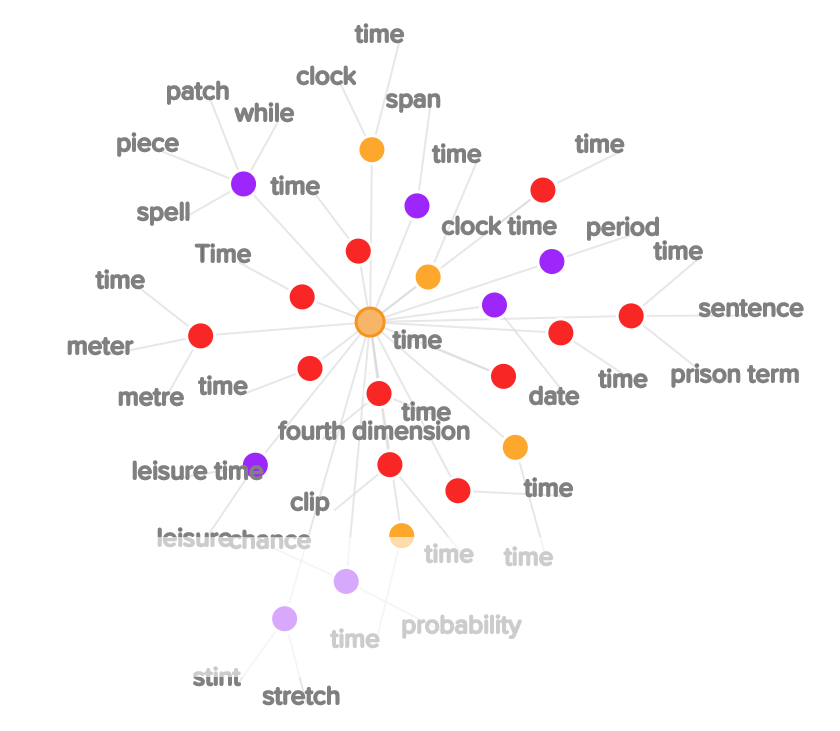Activity 1: Complexity of natural language
Read the inroduction below:
Natural language is complex. Words, phrases, clauses and sentences are often ambiguous. However, when identifying tense structure, the ambiguities are fewer than identifying the meaning of the tenses. Consider the example sentence below.
This sentence could be "present simple tense" if boring is classed as an adjective. However, if boring is classed as a verb, this sentence could be "present progressive." A dictionary search reveals that "boring" may be classified as an adjective or a verb. Thus, even for such a simple sentence, the labelling of tense is not straightforward.
This problem is related to parts of speech. The accuracy of automatic labelling of parts of speech greatly affects any natural language processing that utilize those labels.
When meaning in context is considered, there is even more ambiguity.
Consider the example sentence below.
This sentence could mean:
- She started reading the novel. She is not reading now, but she will continue reading the book later.
- She is currently looking at and reading the book.
- She should not be doing so, but now she is reading a novel. (i.e. an undesired action, e.g. she should be doing homework.
In short, syntax may be ambiguous, meaning is more likely to be ambiguous.
 Awareness and defense
Awareness and defense
 Blitz speaking
Blitz speaking
 Interview practice
Interview practice
 Professional development
Professional development


